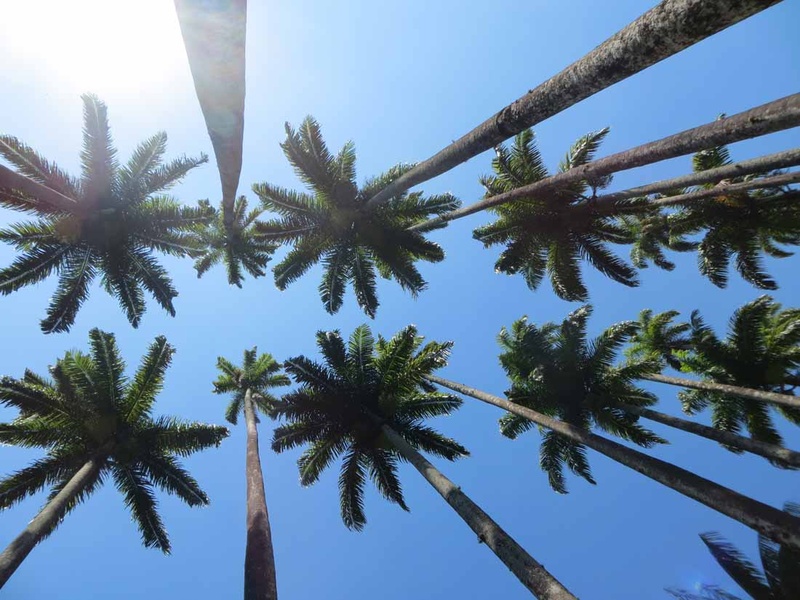
August Tree Planting & Tree Care
Want to plant a shade tree in August? With a bed of plants around it? Keep in mind that you’ll need to install sun-loving plants while the tree is young and shade-loving plants when it matures. It’s not hard and just requires a little planning.
Thinking about an addition to your property? A new shade tree in a bed of shrubs and flowers?
August is a good month to analyze your property and see where a shade tree would fit best. At this time of year, the sun travels a path fairly directly overhead, so you can easily see places that would be suitable for palms or shade trees.
Here are a few things to remember as you plan your project.
Remember that in the beginning, your new tree won’t cast much shade, so the plants underneath it must be sun-friendly. As your tree grows and matures, it will cast more and more shade, and the understory plantings will then need to be low-light tolerant. (So yes, this means you may have to switch out plants as the tree grows.)
At first, outline the form of a bed around your tree, fill it in with mulch, and put in sun-loving plants that can be moved later. (If you like, put the plants in easy-to-move containers.) Or instead of mulch, fill in the bed with a ground cover and install your shade-loving plants in a few years. (For ground covers, consider bromeliads, English ivy, ferns, wandering Jew, or Asiatic jasmine.)
When it’s time to install your permanent understory plants, choose ones that do well in low-light locations, like anise, azaleas, yaupon holly, Indian hawthorn, ligustrum, dracaena, ficus, peace lilies, spider plants, oyster plants, and various kinds of ginger. There are only a few flowers that do well in the shade. These include begonias, coleus, jacobinia, and impatiens.
Care for Existing Trees and Palms
If you have crape myrtle trees, they will have bloomed in June and July. You can remove the seedheads throughout August and coax some late-season blooms out of your crapes. Prune off branches that have grown extra-long.
Check all of your trees for rogue branches that need cutting back. Take them back to a branch angle or all the way to the trunk.
On your palms, remove old fronds, seed stalks, and old pods. Palms like robellinis may need a lifting of the under-plane—lop the lower fronds off at the trunk to create a lighter, feathery crown.
Take off shoots on new trees or on branches of established trees to control shape and delivery of water and nutrients.
Remove dead and diseased branches as well as crossed branches, water sprouts, and suckers.
Irrigation and Fertilizer
August in Florida typically brings with it plenty of rainfall, which eases the burden of watering. However, new plantings must be babied. August also brings heat that dries out the ground, and if a few days go by with no rainfall, new plantings suffer.
Make sure you water your new plants on days with no rainfall or little rainfall.
Fertilizing in August is not necessary. In fact, fertilizing now can overfeed a tree, push growth to the top, and stress out the root system. Better to let trees use nutrients in the soil until September or October. Palms, on the other hand, can take an application of slow-release fertilizer or standard fertilizer applied lightly.